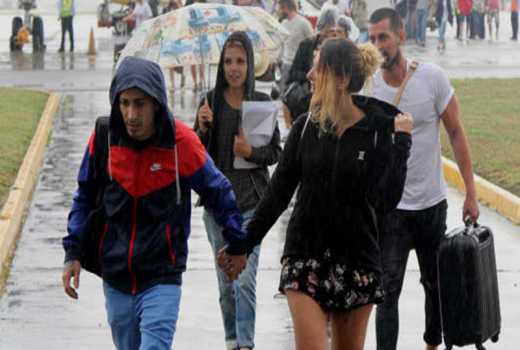×
The Standard e-Paper
Informed Minds Prefer The Standard

The past few years have seen Kenya’s tourism industry experience a steady resurgence with earnings and visitor numbers rising to a four-year high.
The Kenya National Bureau of Statistics (KNBS) indicates that earnings from the tourism sector improved by 17.8 per cent from Sh84.6 billion in 2015 to Sh99.7 billion in 2016, the highest figures recorded since 2012 when a series of terrorist attacks by the Al Shabaab militia led to a slump in the sector.